The need for dependable demographic data in the country was felt soon after independence which witnessed the heralding of the era of Five Year Plans. The registration of births and deaths was voluntary till 1969 which resulted in under registration and incomplete coverage. In an attempt to minimize the anomaly, the registration of births and deaths was made compulsory. However, in the absence of compulsory registration of marriages in the country in the past, it had not been possible to have an accurate and factual picture of nuptiality pattern or even estimate marriage rates. In this backdrop, the 1971 census started to collect data on age at marriage for all currently married women. The scope of the data was enlarged to encompass all ever married women from 1981 census onwards. Since then, estimates of mean age at marriage are being prepared and published by the Office of the Registrar General of India using the marital status, age-distribution and age-at-marriage of currently married women. In 2001 Census, the scope of the question was expanded to collect information on the age at marriage from all ever-married men in addition to all ever married women. Further, like the earlier censuses when data on marital status by age at marriage was either collected or tabulated on a sample basis, the data on marital status and age at marriage by age, sex and place of residence has been collected and tabulated on cent percent basis at the state and district levels in 2001 census. This includes cross-tabulation of the data by religion, social groups and educational level as well. In the present report, mean, median and singulate mean age at marriage for currently married population in both females and males, have all been presented. Further, the estimates have been presented by religion, educational level and social groups for India, states and union territories. The detailed tables at the appendix of the report provide the estimates at district level, separately for the rural and urban areas. The analysis shows that the three indicators, mean, median and singulate mean age at marriage (MAM, MDM and SMAM) have all improved in 2001 compared to the earlier censuses. For the first time, these indicators have all crossed the legal age for both females and males at the national level. At the disaggregated level, 212 out of the 593 districts of the country have MAM less than 18 years. These and other findings of the report would be of immense use for the planners and policy makers and, particularly those entrusted with the responsibilities of implementation of the Sarda Act to identify the areas requiring further attention. This report has been prepared by the Demography Division of the Office of the Registrar General, India.
Marital Status and Age at Marriage–An Analysis of 2001 Census Data
In stock
Free & Quick Delivery Worldwide
reviews
Bibliographic information
Title
Marital Status and Age at Marriage–An Analysis of 2001 Census Data
Author
Edition
1st ed.
Publisher
Length
viii+184p., Tables; Figures; Maps
Subjects

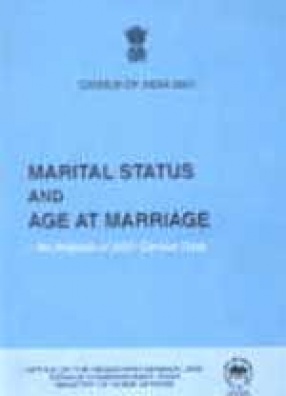
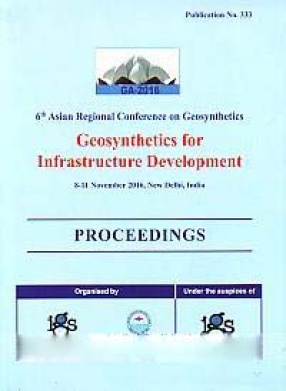
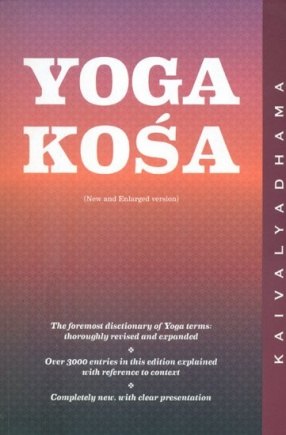
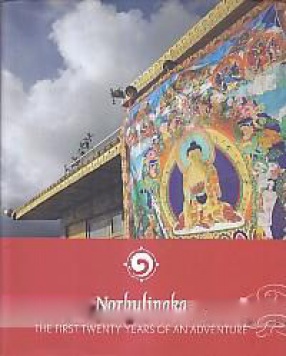
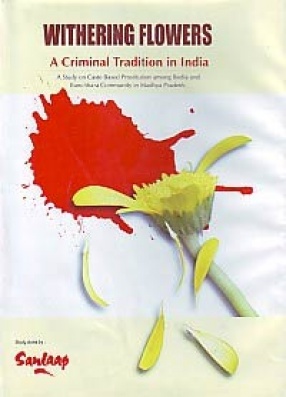
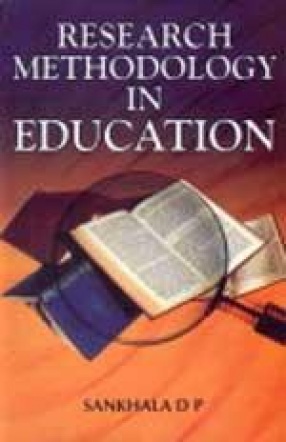
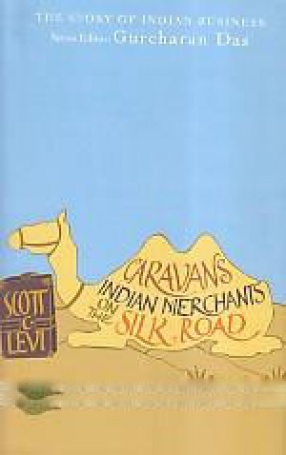
There are no reviews yet.